Intuitive Eating and Injury Recovery
- April 5, 2021
- Last Updated: March 11, 2022
- 0 Comments
- Intuitive Eating
If there’s one thing in the health care field that I have lots of personal experience with, it’s recovering from injury.
I started having foot problems when I was 18 and spent 4 months in a boot plus 2 months on crutches that year. When I was 19, I had my first foot surgery, and now at 20, I’ve already had two more surgeries on the same foot.
The first couple of times I recovered from injury, I had no clue what I was doing, from a nutrition standpoint.
I was interested in nutrition and already had my sights set on becoming a dietitian, but I didn’t even consider how my diet fit into my overall recovery.

When I had my second surgery, I was halfway through a sports nutrition class for my undergraduate degree in exercise science.
The course was taught by a leading researcher in sports nutrition and spent significant time on injury recovery.
Unfortunately, that unit began the week after my operation, so I felt like I was playing catch-up.
Going into my third (and hopefully final) surgery, I set out a plan to apply all of my knowledge on recovering well, and I’m excited to share that knowledge with you.
Recovering from an injury is as much about preserving the healthy muscle and bone in your body as it is about rehabilitating the site of injury.
For this reason, it’s important to recognize and incorporate the sports nutrition principles that do just that.
But at the same time, your body is overwhelmed from the trauma that an injury, especially one requiring surgery, brings.
Considering this, gentle nutrition and combining sports nutrition knowledge with intuitive eating principles can lead to an optimal recovery, both physically and mentally.
That’s why Sarah is so passionate about this – her Ebook is a great resource.
A SPORTS DIETITIAN IN YOUR POCKET?!
This is the sports nutrition resource you’ve been missing in your training. It can help make sure you’re eating enough for performance and recovery. – grab it now!
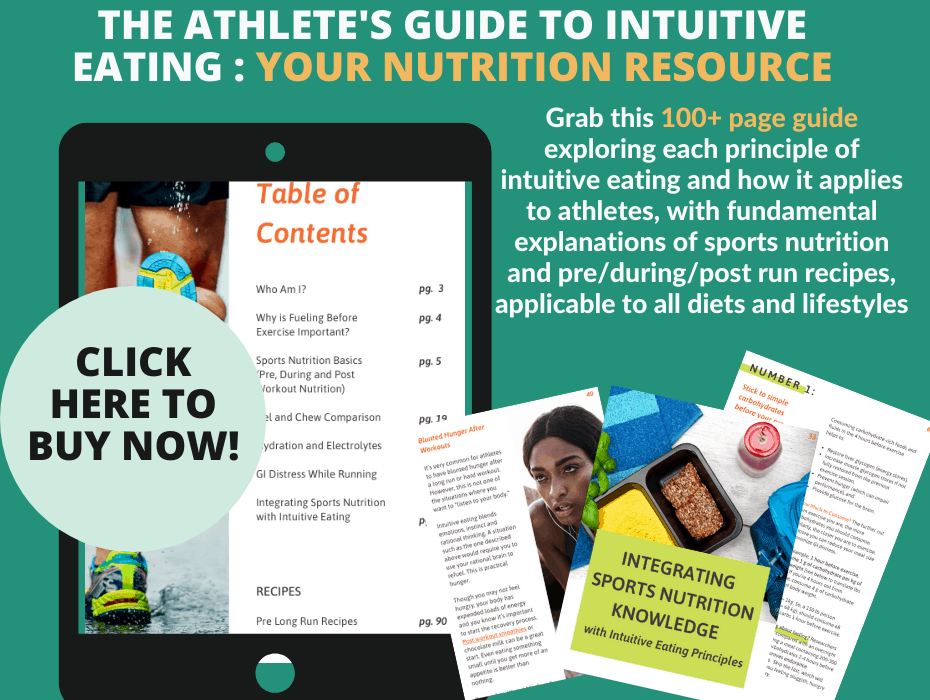
Protein: A Central Component
One of the most common side effects of injury is the loss of lean body mass throughout the body.
For one, injury initiates a stress response that creates a catabolic environment, or an environment that takes some of the body’s resources—such as the amino acids in muscle—and uses them instead to tend to the site of injury.
On top of this, you’re probably not exercising as much with an injury as you would without, which adds to loss of muscle.

Incorporating enough dietary protein when you’re recovering is arguably the best way you can care for your body. You can read more about needs and functions of protein for runners here.
Protein aids general recovery, immune function, maintenance of glycogen stores and preservation of lean muscle.
Some of the best protein sources to aid recovery are whey or casein protein powder, egg whites, milk, beef, chicken and soy products.
Here’s a post all about leucine to learn how that is involved in muscle growth. And if you need assistant with choosing a protein powder, here are some of the top protein powders for runners.

Research shows that the body needs about 1 g of protein per pound of body weight daily when recovering. You heard that right, and that’s a lot of protein.
When blending sports nutrition with intuitive eating, though, it’s important to recognize the nuance between scientific literature and what your specific body needs.
In recovery, you’ll probably need more protein than you feel like eating, so shoot for the recommendation. This is also where protein shakes come in.
Normally, I don’t recommend outright recommend supplements for runners or athletes, or supplementing protein in the form of shakes, bars or anything else powder-based more than once a day.

For example, this peanut butter coffee smoothie is delicious, and no protein powder is needed.
But, in injury recovery or after surgery, supplementing twice a day can boost you to that high protein threshold, especially when you don’t feel like eating any more chicken.
That way, you can direct your appetite towards what you’re craving, like ice cream.
Eating Enough
Our favorite topic!
Not only does recovery require more protein, but it also requires more calories in general. In fact, after surgery or major injury, the body requires about 25% more calories than it normally does.
On top of that, it’s smart to focus on nutrient-dense foods in order to take in enough complex carbohydrates, antioxidants and essential fatty acids – this healthy homemade trail mix has it all.
Similar to fueling a 20 mile run, eating 30-60 g of complex carbohydrates per hour (yes, per hou!) delays glycogen depletion and keeps enough glucose available to fuel the cells hard at work healing your body.
Antioxidants in foods like berries, broccoli, oranges and spinach promote tissue repair and blood flow while fighting infection. On top of that, omega-3 fatty acids prevent inflammation while you’re healing.
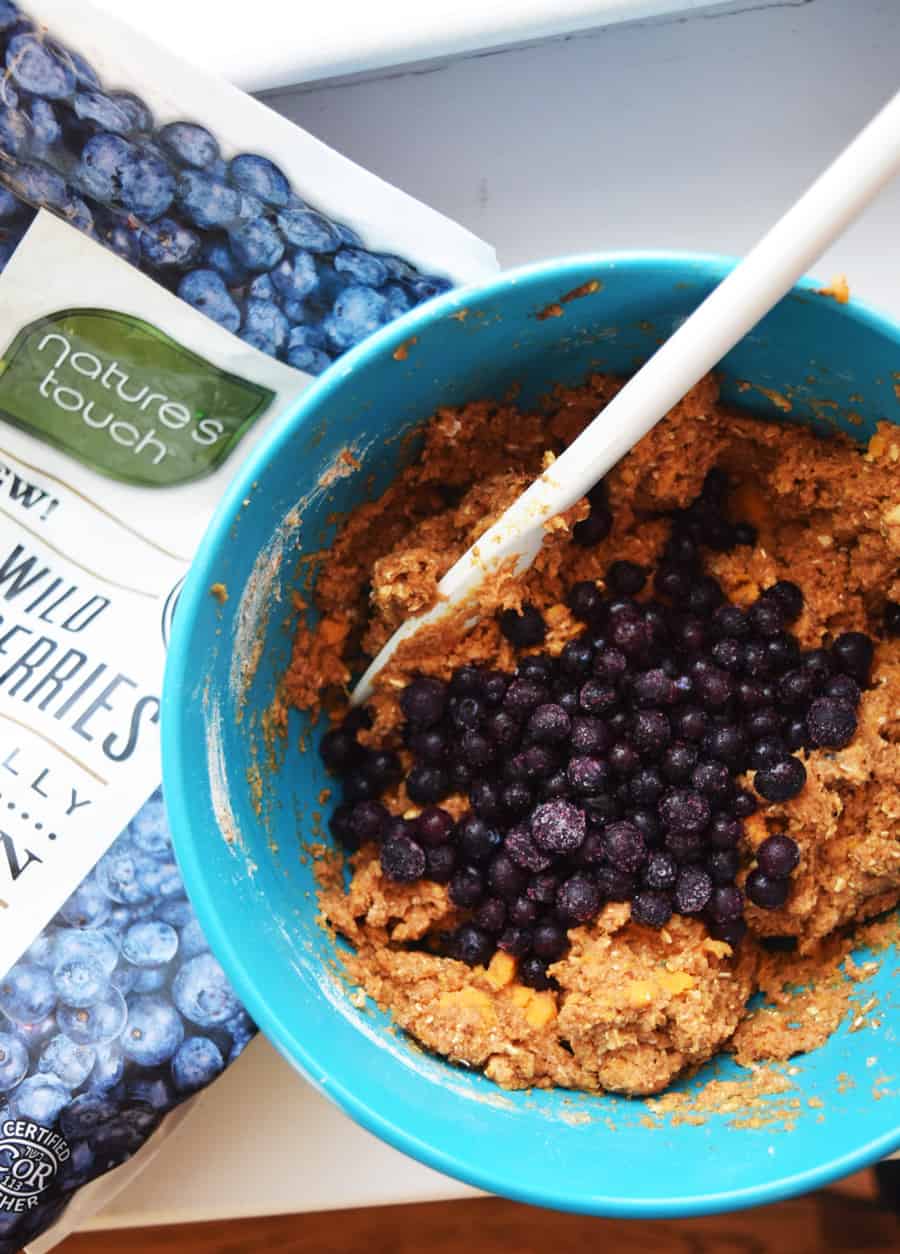
There will be times during your recovery that you need to eat, even though you don’t want to.
This falls under intuitive eating, too—mostly under the realm of practical hunger and self care. You know that your body needs the energy in order to heal well, so you choose to provide it with that energy, even if your hunger cues haven’t kicked in.
Supplements
Despite eating extra food and nutrients, your body needs so many nutrients during recovery that you’re probably still deficient in a few. One of these nutrients is omega-3 fatty acids, which were mentioned above.
You always have to be careful with supplements since they are not regulated by the FDA. Consult with Sarah or a professional with your questions to ensure you’re picking a brand that is third party tested and is the best recovery supplement for you and your needs.
Omega-3 fatty acids help control the body’s inflammatory response in order to allow for healing. Plus, they support metabolic wellness and pathways that build up muscle instead of break it down.

Unless you’re eating lots of seafood, you’re probably lacking omega-3s, so supplementing can be a smart fix.
Even if you’re not nutrient-deficient, some supplements are designed to elevate your recovery in ways that are difficult to do with food alone.
For example, supplementing with HMB, a metabolite of leucine, increases protein synthesis through the mTOR pathway, a pathway that will likely start lagging after injury. HMB also stabilizes muscle cell membranes and decreases protein degradation, meaning you’ll lose less muscle.
Another supplement popular with athletes, creatine monohydrate (this is the one Sarah and I use), can prevent a decrease in muscle creatine, an important source of energy and component of muscle, that often occurs with immobilization.

Nutrient Timing
Not only is what you eat in recovery important, but when you eat it affects your body astronomically.
The timing of protein is arguably the most important, followed by carbohydrates and creatine monohydrate, if that’s part of your regimen.
For more information about protein timing, check out this post about the benefits of eating a nighttime snack.
The amino acids in protein are the building blocks that the body uses to heal an injury, so supplementing protein before and after physical therapy or any other form of rehab is crucial.
Additionally, supplementing protein before bed can increase healing and maintain muscle mass while you’re sleeping.

Despite all of these guidelines, don’t forget the main point: these recommendations exist to help heal the body.
You know your body the best, so shoot for gentle nutrition by giving yourself enough nutrients. Yet, listen to your cravings, and don’t forget to treat yourself every once in a while, too.

Support Bucket List Tummy


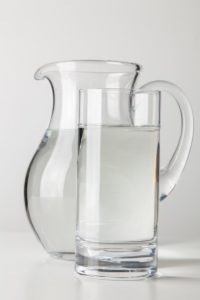
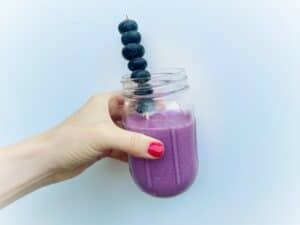
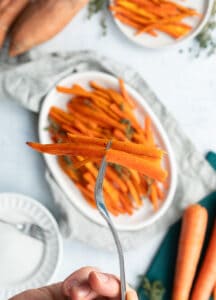
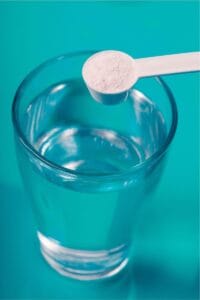

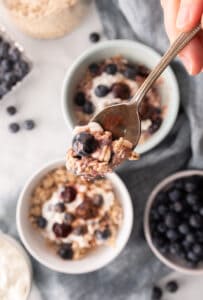




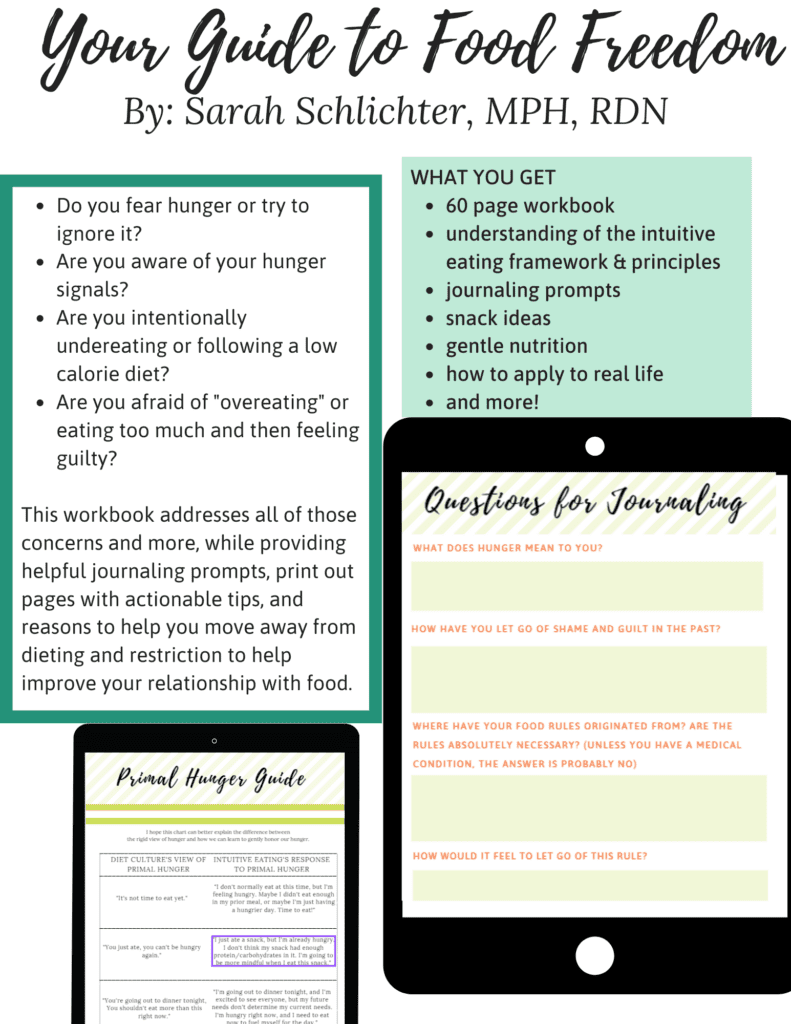
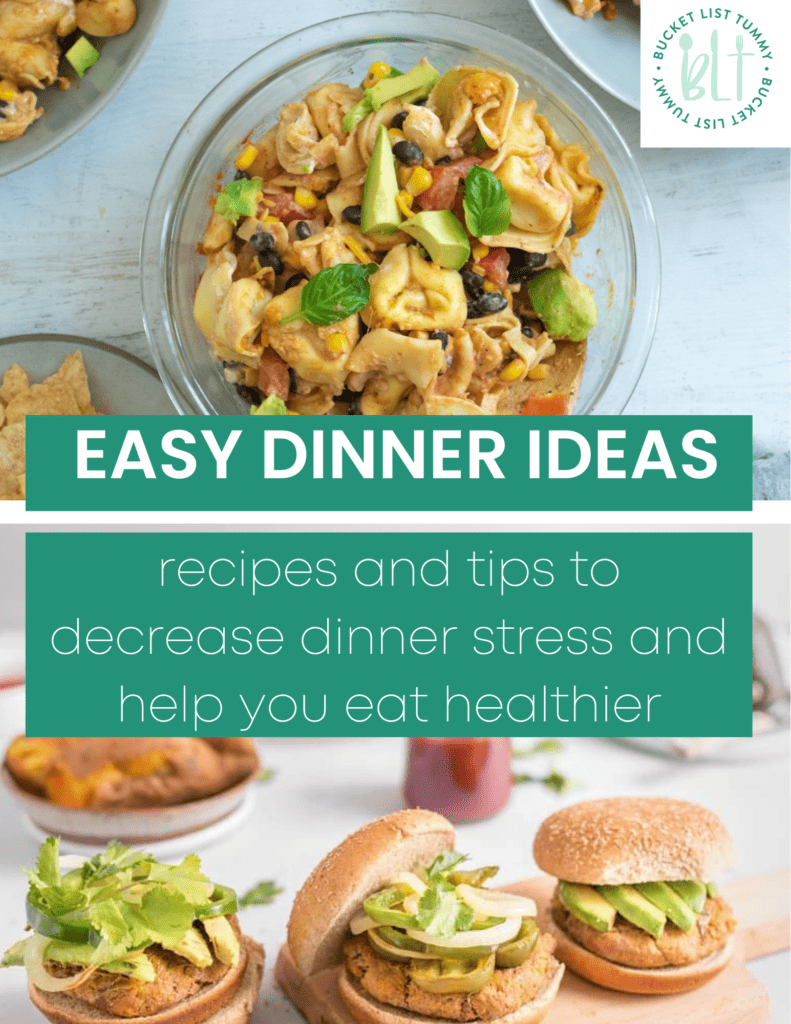
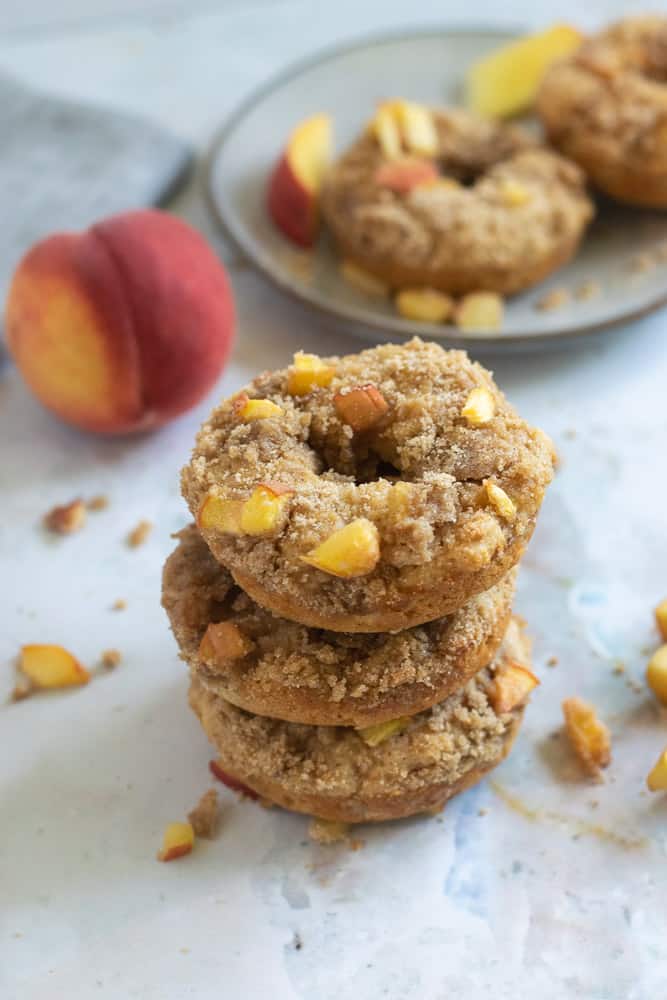
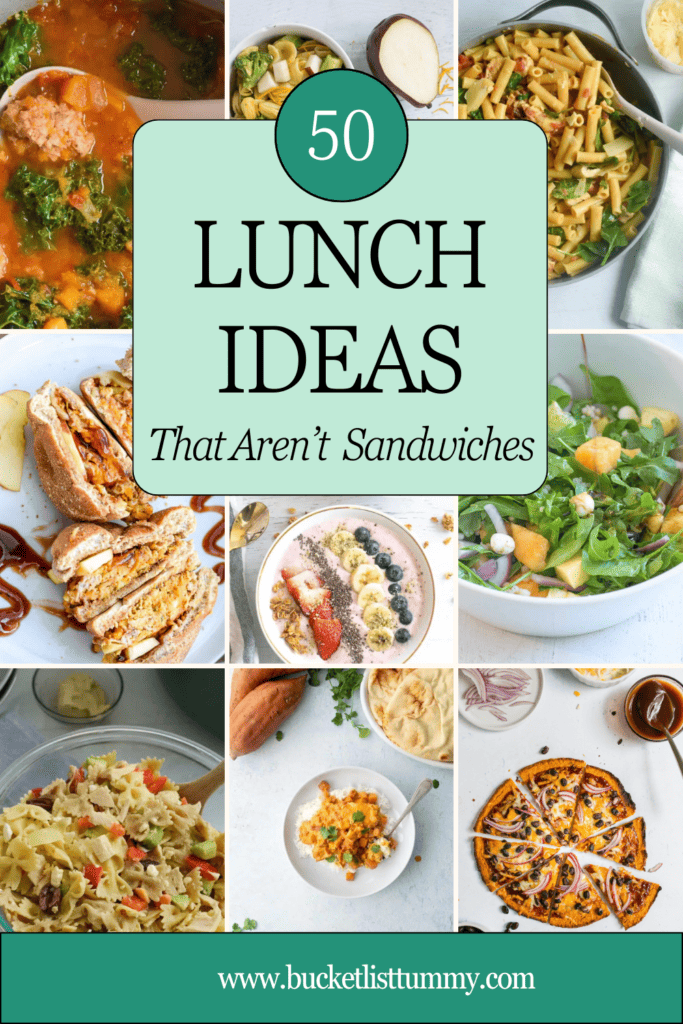

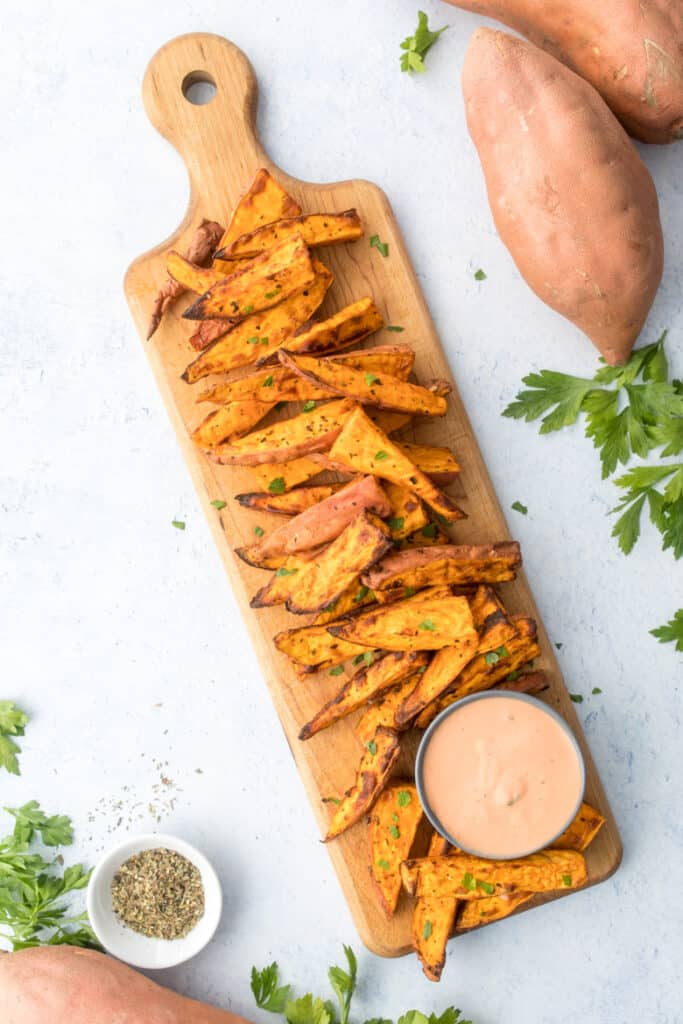
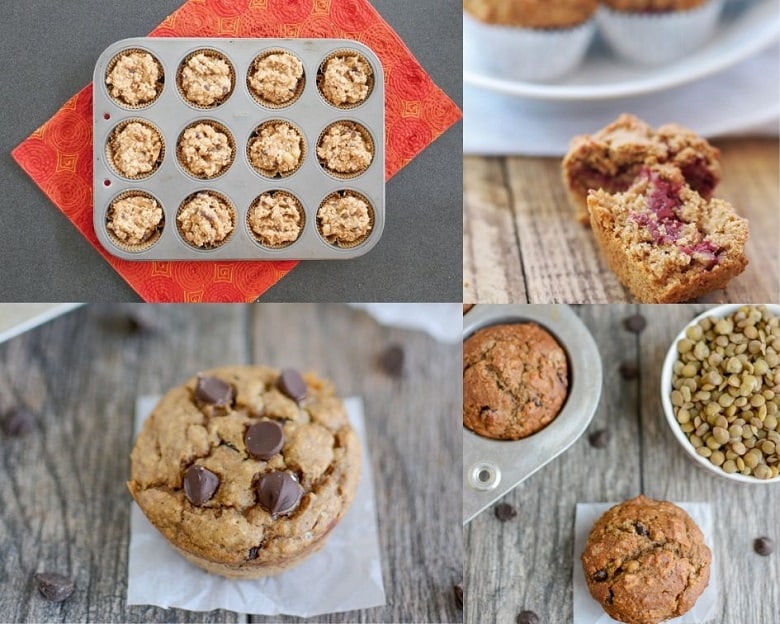
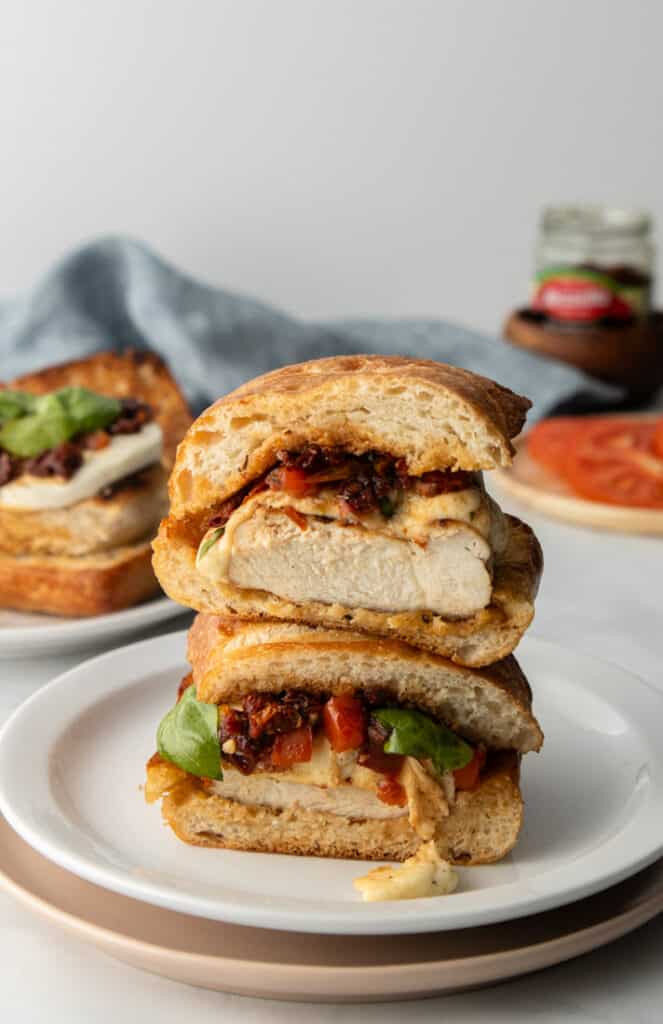
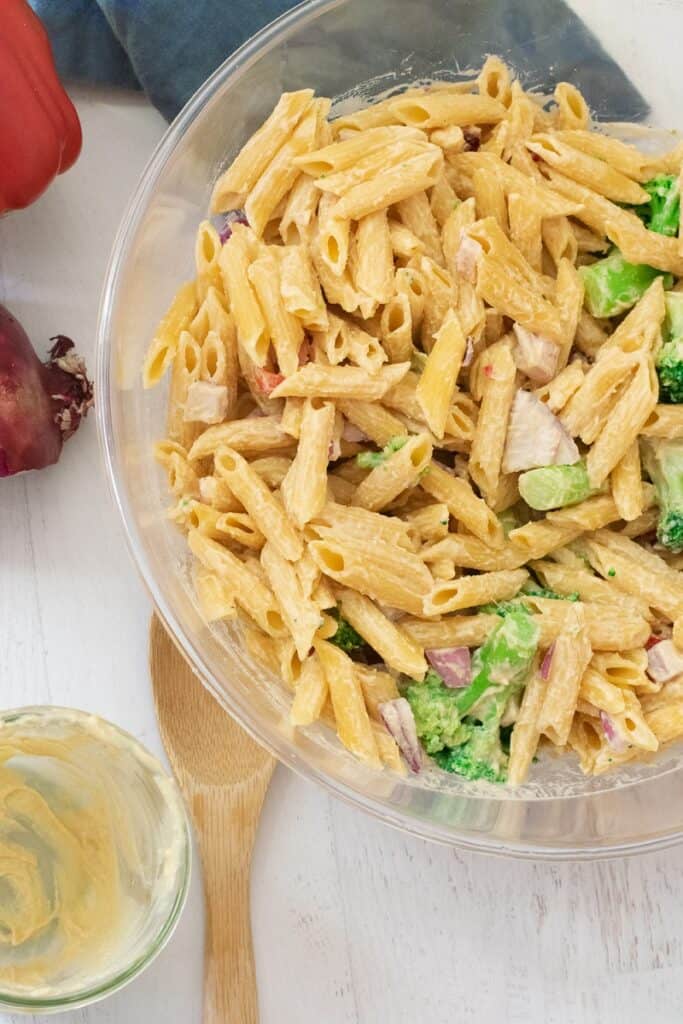

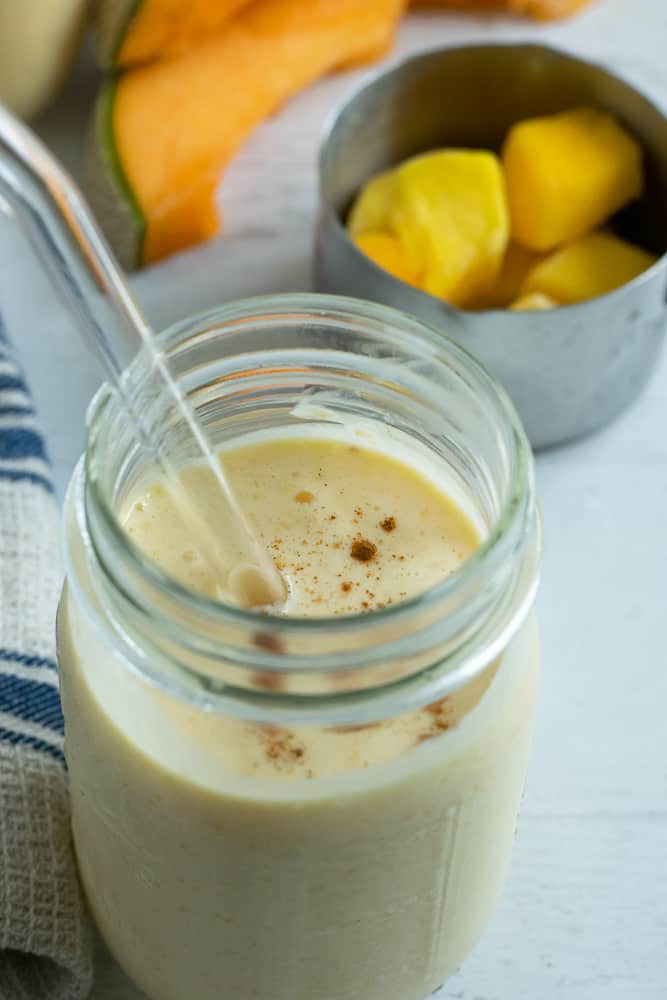
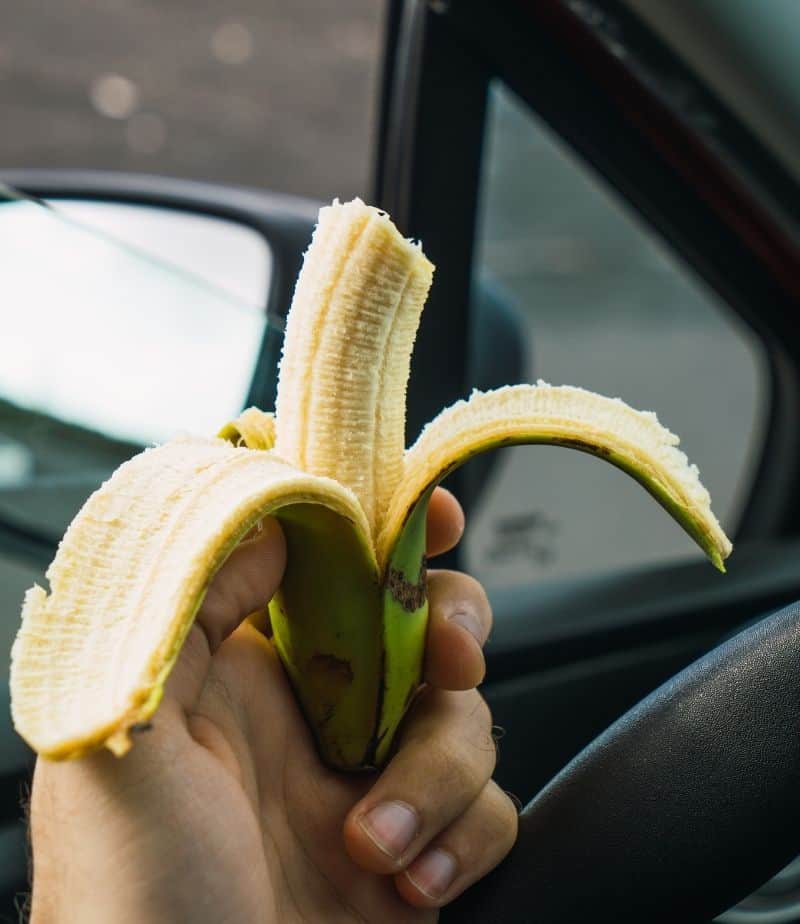
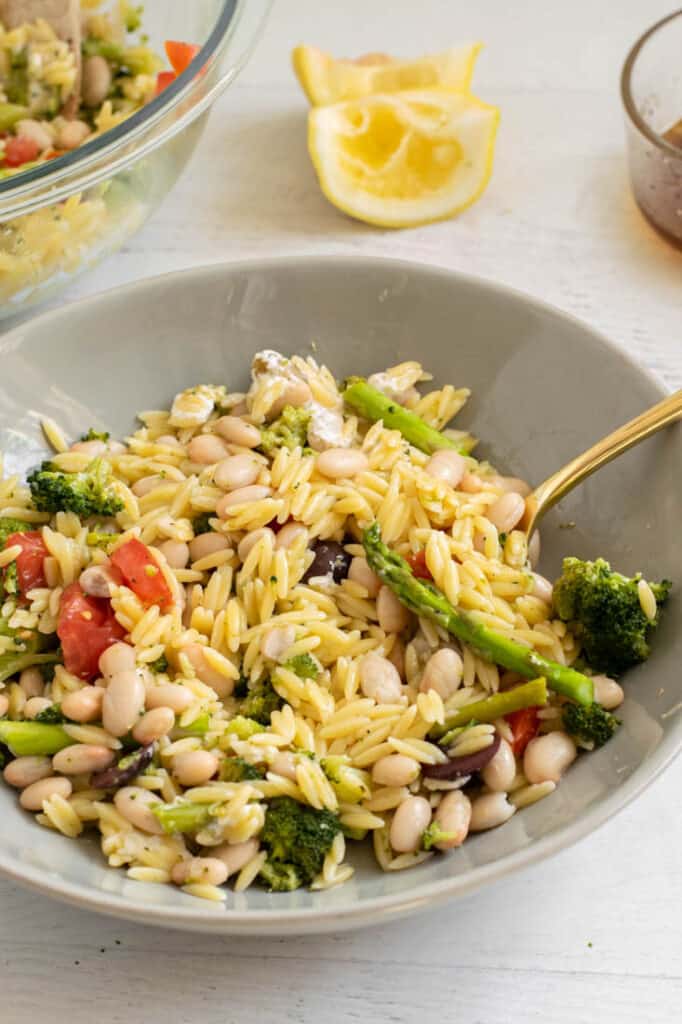
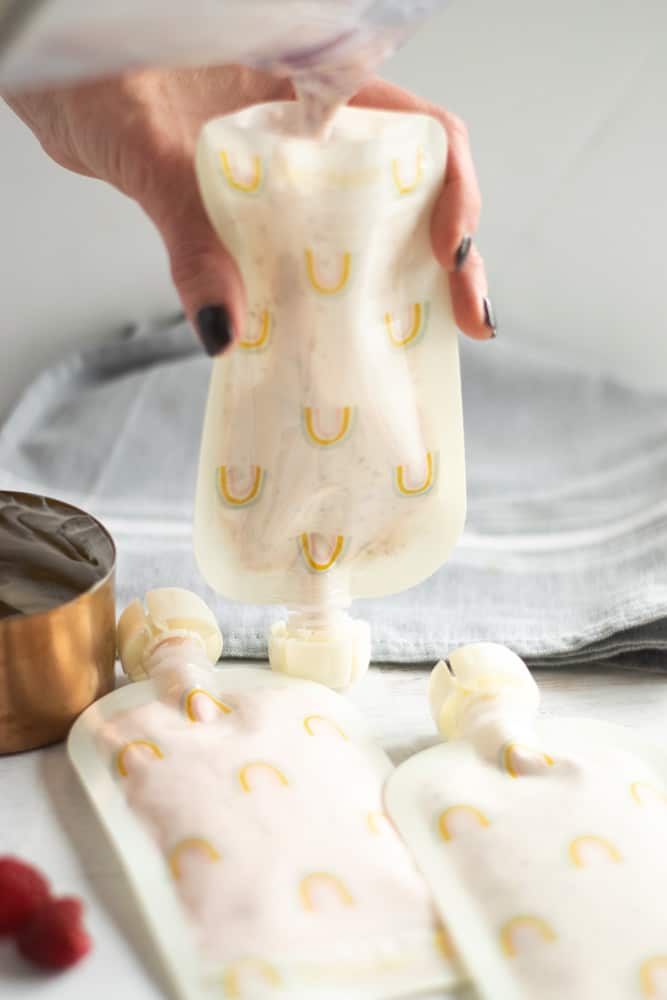
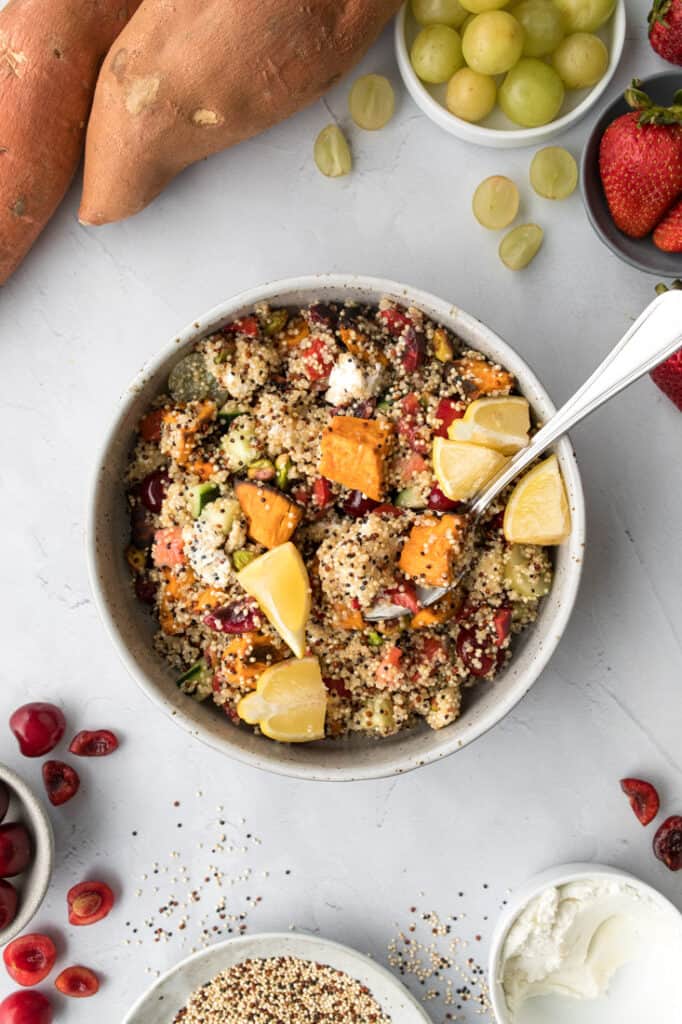

Like This Content?
Support Bucket List Tummy